What is mindfulness?
Definitions from dictionaries include: awareness, attention, regard, heedfulness.
One that I especially liked from Wikipedia is: The practice whereby a person is intentionally aware of his or her thoughts and actions in the present moment, non-judgmentally. Mindfulness is applied to both bodily actions and the mind’s own thoughts and feelings.
We can be mindful anywhere, any time.
During yoga practice, while brushing our teeth, walking to the car, walking in nature, washing the dishes, while speaking to someone. Any time.
We can be mindful of our bodies: our breathing, how strong or weak we feel at the moment, aches and pains, how hard we’re trying to maintain yoga poses or relaxing into them.
And we can be mindful of our thoughts: thinking about things in the past (a previous conversation or event) or the future (all the things we have to do next, how we’ll handle certain situations, worrying about the future).
And we can be mindful of our surroundings and the people around us: the temperature, the weather, how someone is reacting to what we said, how others are dressed.
Being mindful is simply noticing what is in the present moment without judging it.
Mindfulness means slowing down
It’s frequently difficult to stop the constant chatter in our heads (and from our electronic devices).
I remember when I first considered meditation many years ago. I was a typical type A person who didn’t know how to slow down. I couldn’t fathom how anyone could sit still and think of nothing for more than thirty seconds.
Like learning any new skill, I had to start somewhere. And thirty seconds was pushing it for me at the time.
With regular practice, I can now happily sit for about twenty minutes.
With more practice, I’ve been able to bring that same sense of quiet and mindfulness to the rest of my day.
Mindfulness with other people
This has helped me to be much less reactive and more thoughtful and proactive in my relationships with others.
I now take a moment to notice the condition of the person speaking to me. If they’re angry at me, are they having a bad day? Did something else upset them earlier? Have they not had enough to eat (low blood sugar can do a number on most people) or sleep?
I ask myself how I might have contributed to the issue instead of immediately getting defensive.
If I can’t figure out the cause, I usually tell myself, “They have issues.” This keeps me from taking things personally that usually have nothing to do with me. It keeps me from needlessly attaching myself (and my ego) to the other person and their issues and causing myself unnecessary anguish.
Mindfulness with myself
In the first half hour of when I wake up each morning, I’m mindful of how I’m feeling physically and emotionally. Doing this without judgment helps my entire day flow much more easily.
If I’m feeling tired or not as strong as normal, I know not to push myself too hard that day. I don’t judge myself as weak, pushing myself harder to get things done only to be disappointed that I didn’t complete things as well as I normally would.
If I’m feeling anxious or upset or cranky, I ask myself where that’s coming from. If it’s something I can do something about, I try to change the situation so I feel better. If it’s something I can’t control or I can’t figure out where the feelings are coming from, I accept things just as they are, take a few deep breaths and smile, even if I don’t feel like it. It’s amazing how breathing deeply and smiling for at least thirty seconds can change your mood.
I’ll do a body scan and notice any aches or tight spots. Instead of approaching them as something bad and something to get rid of (i.e. judging and resisting them), I focus on them deeply. Usually trying hard to get rid of them guarantees that they won’t go away. Accepting them helps them to melt away.
Mentally I go into the area of pain, asking the sore spot what it’s trying to tell me. Sometimes that focus and non-judgmental questioning are enough to release it. Other times I learn more about myself from the answers I receive.
It’s kind of a running joke between my husband and me. Any time I have any kind of physical issue/pain, we both know that the cause is never from an injury or something outside of me. The cause always comes from within.
I bought Louise Hay’s book Heal Your Body A-Z: The Mental Causes for Physical Illness and the Way to Overcome Them and use it all the time to look up my physical issue and find the related mental/emotional issue. As soon as I focus on resolving the issue in my head, the physical problem “magically” resolves itself.
Judgment
Mindfulness involves not only taking a moment to notice ourselves and our surroundings but to do it in a non-judgmental way. This is very difficult for most people to do.
We naturally label/judge almost everything in some kind of “good” or “bad” category.
If I’m feeling cranky, that’s bad.
If I’m feeling energized, that’s good.
If someone is mad at me, that’s bad.
If I’m being very productive, that’s good.
Approaching all of these things mindfully means simply noticing them as they are. There is no good or bad. It’s just the way things are. I can choose to change them or accept them as they are.
If I judge them, I become attached to them and I allow them to affect my feelings and possibly my behaviors.
If I notice them in a non-judgmental way, they float by me and I’m free to go about my day feeling lighter.
Mindfulness is a practice
Being mindful is something we do one moment at a time, taking baby steps to incorporate it into various aspects of our lives.
It’s a practice that more profoundly affects our lives the more we practice it.
I am infinitely happier now and have much more fulfilling relationships than when I started many years ago and first considered quieting my mind enough to really notice things. Noticing things without judgment took a little longer and had an even larger effect.
Take a moment right now to be mindful. Be present.
Notice your thoughts. Are they here in the present moment? Or in the past or future?
Notice your body. Do you feel relaxed or tense? Where do you feel these sensations?
Notice your environment. Is it quiet or noisy? Hot, cold or comfortable? What, exactly, do you hear and see? Who is around you?
How do you feel because of how you interpret all of these things? Nothing and nobody “makes” you feel a certain way. It’s all about how you choose to interpret it and how you choose to react or feel about it.
Be mindful now, in the present moment. This is really all you have.
Create the life you want: Combine the law of attraction with mindfulness
The law of attraction suggests that our positive or negative thoughts bring about positive or negative experiences. My latest book, The Mindful Guide to Law of Attraction, pairs that belief with the powerful practices of mindfulness. Through intentional breathing, writing, and engaging, you’ll hone a method for manifesting health, wealth, and love―the elements of happiness.
Let the law of attraction work for you by adopting its basic steps of identifying and visualizing the things you desire. Then use 45 practical meditation techniques included in the book to achieve awareness. By concentrating your positive energy on obtaining your wants, you’ll give yourself permission to receive them.
To your happiness! ~Paige

You can find this book at Amazon, Barnes & Noble, Books-A-Million, and Indigo.





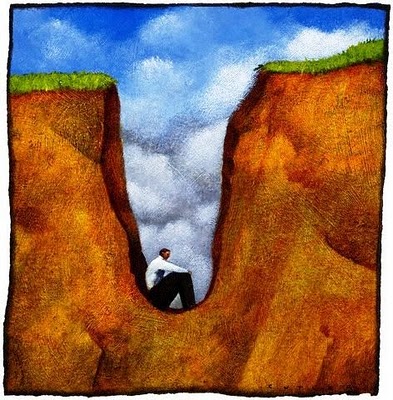
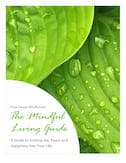 The Mindful Living Guide
The Mindful Living Guide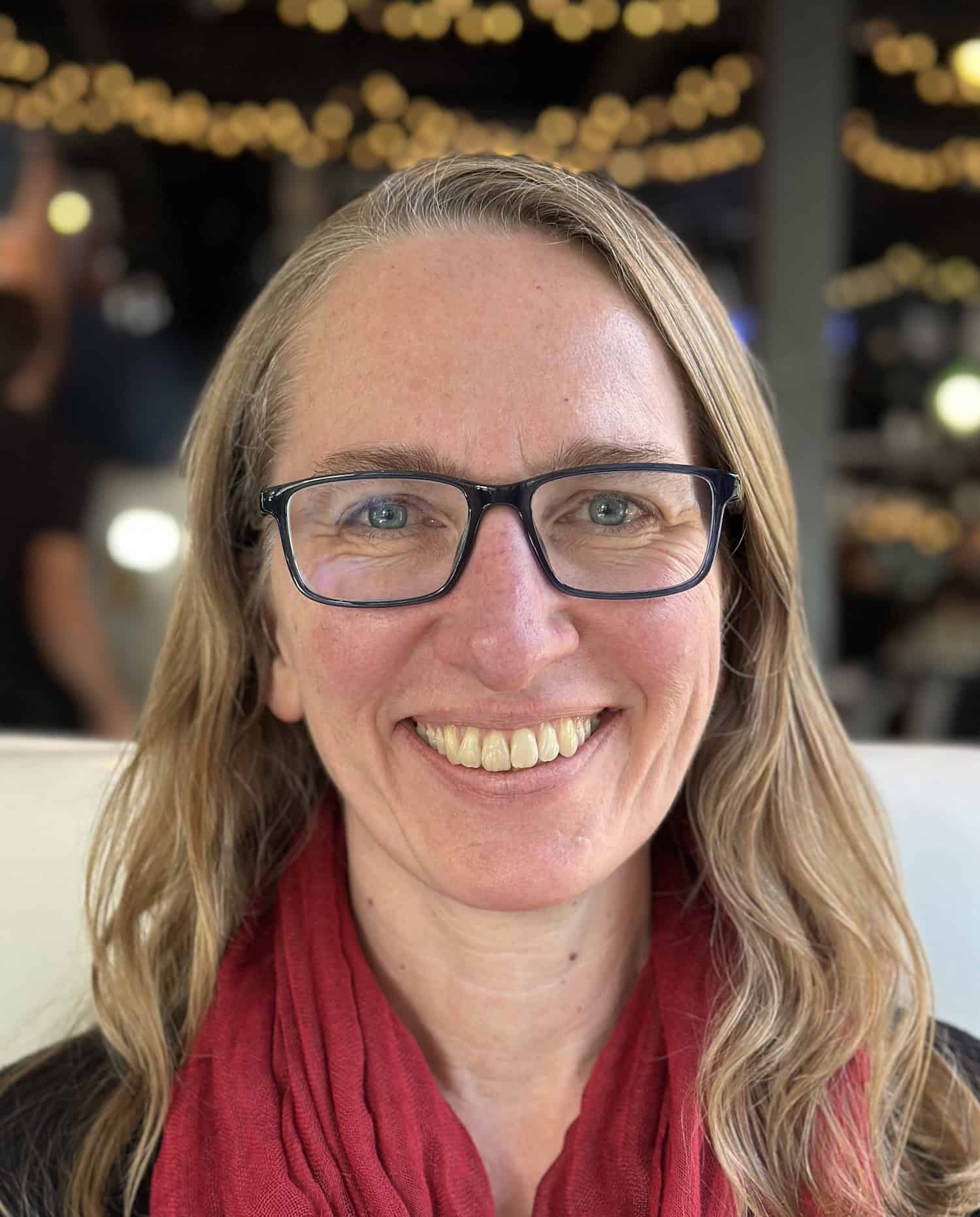
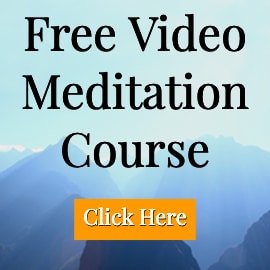
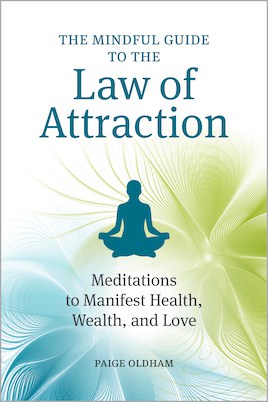
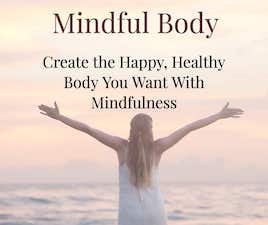

I’m concerned that my daughter is ALWAYS watching or listening to a TV program while doing other tasks. Would that have a detrimental effect on being mindful, and cause more and more issues over time ?
Yes, having “background noise” like television definitely does not support mindfulness. For example, watching TV while doing other things is a great example of mindlessness. It can also quickly become a habit because one is hardly aware that it’s happening (i.e. mindless development of a habit).
The need for almost constant distraction (usually electronic) in our society seems to be growing. We wonder why we feel disconnected, depressed and lonely when these habitual distractions prevent us from making connections with other people, face-to-face. Connections with other humans – in person – are what we’re truly seeking. Texting and interacting on social media can never replace this.
Mindfulness is focusing on what’s in front of us without multitasking; noticing the beauty of what’s right here right now. This noticing without distractions can sometimes be difficult as it gets us to see what we may not want to see. Ultimately, dealing with what’s in front of us will lead us to the happiness we all want. Distractions will only keep us mired in the muck we want to escape.
This is a great summary of mindfulness, thanks! I’m new to it so more info helps 🙂
Thanks Kellie! Whether or not I use the word “mindfulness” in my posts, I primarily write about using mindfulness to slow down and notice the subtleties in how we think, feel and act in order to make more conscious choices in how we want to live. It’s all about being more aware in the present moment.
I know I’m late to the party here, but I just came across your blog and this article, and I just wanted to thank you for this. I’ve been working on re-wiring my outlook and taking a step back from my thoughts, and I will definitely be taking your advice into practice!
Thanks so much Meg! So happy that I could help! Have an amazing day!
Oh Em Gee!!! we one in the same!!!
I got some of my stuff from Louise Hay as well , I love her teachings!!
I said before ppl come into your life for a reason, I had an old friend I adored he taught me how to not take everything so personally!!
it was a tough one to learn,
how no one can make you feel a certain way, I love that!! say it to my kids 🙂
my brother in law said to me, YOu are doing good with these kids!! they are great kids!!
I want to teach them all that I know
life is great
🙂 I am so thankful that I came across your site and I totally appreciate all that you talking and teaching
so thanks so much
🙂
You’re awesome Laverne! And you’ve got some very lucky kids to have such an amazing mother!
One of my biggest wishes was that someone had been around to teach me these things at an earlier age. I hope to offer that to my kids as they grow up.
Keep doing what you’re doing and your kids and everyone you touch will never be the same.
Big Hugs!!
Paige…
As always, you offer a rich and thorough understanding of a subject. And you are a natural teacher.
The word ‘mindfulness’ has become a part of our lexicon…..so much so that I think a lot of us aren’t mindful when we use it (I couldn’t resist).
I love the fact that you mentioned being mindful of our physical selves. If we pay attention to what our body is telling us, we can learn a heck of a lot!!
Paige, thanks for such a beautifully written and meaningful post. xxoo-Fran
Thank you so much Fran!
Our bodies can be our best teachers if we slow down and get quiet enough. I came from a place of shutting off most feelings (physical and emotional) since childhood and have worked hard to feel comfortable opening up and being vulnerable. It’s a much happier place to be.
Have a beautiful day!!
Habits are something we practice all the time. Mindfulness is one I have included in my life and the benefits are incredible. I feel like it is one I have to put much more practice to. I know that there are things I still react to even in all of my teaching with behavior, whether ti be dogs or humans, mindfulness is a sure way to understand reactions.
By the way, mahalo for including your practice of pains or tights spots on the body. It is something new for me. I am a big fan of Loius Hay as well, but never thought of putting my energy those physical feeling before.
Another one of your articles I truly enjoyed.
Thank you beautiful Jt! I’m so glad you enjoyed this!
One area where I find I’m frequently reflecting on the connection between my body aches and internal issues is when I have a tweak of soreness in one of my knees. It will come out of nowhere, usually when I’m walking down the stairs. My first question to myself is, “What (or who) am I resisting?” (sore joints = resistance) As soon as I answer that question and make some small change to address it, the pain disappears.
Mindfulness is definitely a daily practice. And my children provide the perfect backdrop for that practice as they continually challenge me.
I love the word “mindfulness” One area where I found it works significantly is fitness. Naturally, the desire to lose those extra few pounds after baby was quite high – and I realized eating slowly, savoring every mouthful, on smaller plates, and with smaller spoons made a huge difference, but without the feeling of being deprived or sacrificing something.
In relationships, mindfulness involves not personalizing issues. You’re right about mindfulness being a practice. Great post, Paige. Important information and such a beautiful concept to be conscious about!
Thank you Vidya! The more I have incorporated mindfulness in every aspect of my life, the calmer, happier and more fulfilled I feel. My mission is to spread the message and help many others have those feelings. So much of it involves simply slowing down – something our culture doesn’t seem to support very well.
Hi Paige,
This is the first time here I believe. This article really intrigues me because I am into a phase of meditation and living in the moment.
I do feel that it can be difficult to be in the moment. My mind is always buzzing with thoughts, ideas and emotions. But I am getting better at it. I find it really helpful to describe the moment I am in in my head. For example, when I am walking in the park to work, I mentally ask myself for a description of the park I am seeing. How many trees? What kind of trees? Where are the birds? What sounds are they making? etc. I find this form of focus really help me appreciate the moment I am in.
The other thing is about meditation. My definition of this is to be thoughtless. Emptying the mind. Focusing on my breathes helps, but I also notice thoughts coming unconsiously. I am getting better simply been aware of them now. To me when I empty my mind, I allow greater ideas to come later. Just wondering what is you take on this?
JImmy,
It’s impossible to stop the flow of thoughts. My idea is to not get attached to them. We are not our thoughts. We are the clear blue sky and our thoughts and emotions are just passing clouds.
I love how you approach your walks (and it’s great that you’re walking to work). Simply noticing the beauty around us helps to slow down the constant chattering in our heads and brings a sense of wonder and gratitude to the experience of life.
In meditation, I don’t think it’s possible to be completely thoughtless. Mindfulness is about noticing your thoughts and not being attached to them and not judging them. As they arise label them as, “Thought” and let them go, bringing yourself back to your breath, a mantra or point of focus like the flame of a candle.
Sitting still and slowing down the world around and within us definitely allows for our moments of greatness to emerge. It sounds like you have a wonderful mindfulness practice in place, Jimmy!
Hi Paige,
I love Louise Hay’s books. She is an awesome lady! Her teaching on affirmations has helped me shift my mindset in a major ways.
I started practising mindfulness after being introduced to Eckhart Tolle’s work in 2008. Practising mindfulness through formal and informal practises has allowed me to feel more peace in my life. Being mindful of my thoughts, emotions and action without judegment is what has accelerated my healing journey.
I’m currently teaching a mindfulness based relapse prevention class for individuals struggling with addiction. I believe mindfulness is a key compnent of the journey of healing.
I love your article here. You’ve done a fabulous job explaining mindfulness. Wishing you many blessings.
Peace, Love & Gratitude,
Neseret
Thank you so much Neseret! I think mindfulness, just being aware, is the first step in being able to change anything. Good luck with your class!
This is definitely a good way to enjoy life so much more. By taking more notice of your surroundings it can really enhance your life. For instance enjoying the sun and the shadows or the bird songs can you make you feel more alive.
I savour my food and discuss how it tastes, I do the same with wine and good beers. All of these things make me feel alive and an active part of the universe rather than a passive bystander.
I’m so glad you’ve discovered the gifts of mindfulness! That drive to be productive and get things done so often prevents us from stopping to smell the roses (or savor the wine).
Thank you for this. I’m in the middle of a rough spot with one of my children, and this reminded me to take my ego out of the situation and let go of trying to control things. Instantaneous success? Of course not But I will keep working on it.
I’m glad this helped. Mindfulness is SO important with our children. As much as we would like to think the opposite, we can’t control them at any age. In tough times I sometimes wonder why my kids are acting a certain way. When I’m truly mindful of the situation, I frequently realize that I modelled the behavior that they’re reflecting. Without judgment, I change my tactics and model the behavior that I would like to see from them. I’m certainly not perfect here but the results have been great.
Keep with it! Our kids are so worth it.
I agree that modeling is extremely important. Unfortunately, he’s following the model of my ex-spouse, who I could never reach when in this mode. Which makes mindfulness all the more important; I’m continuing to reach out but also working to give him the space to come to me. Wish me luck…